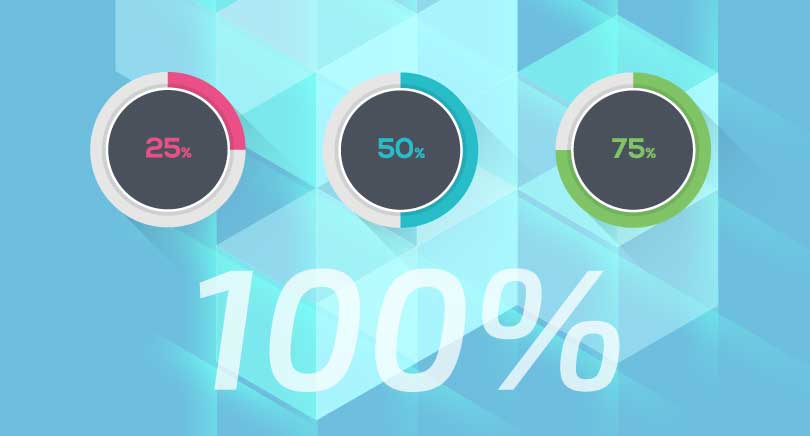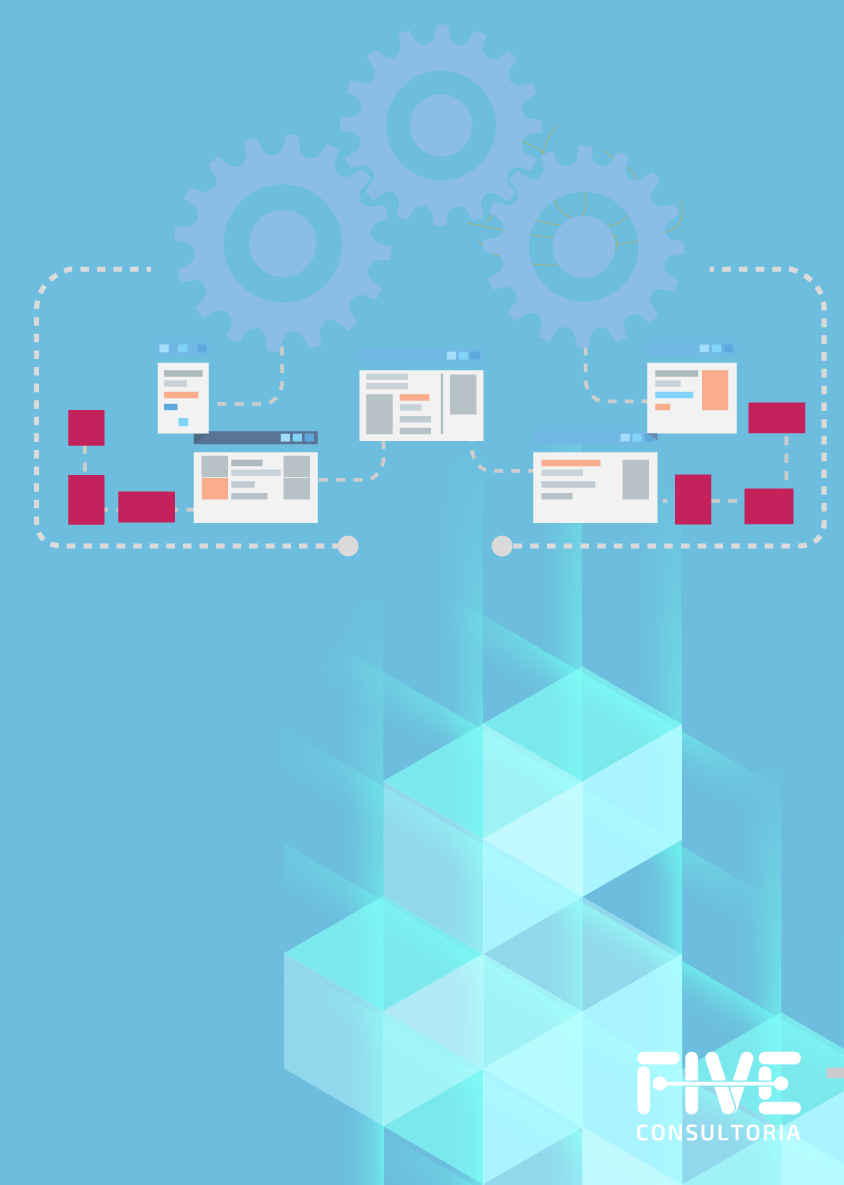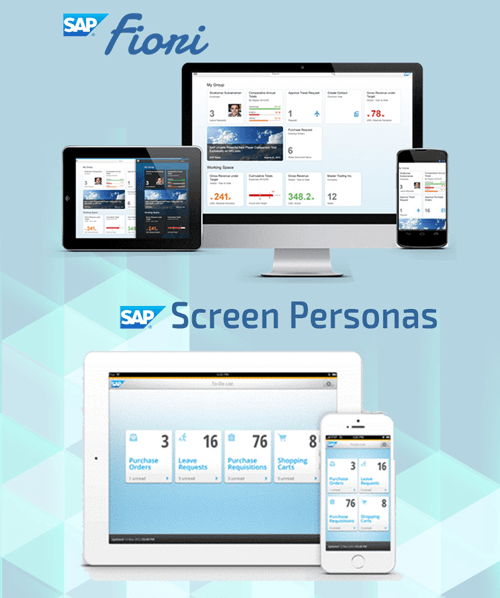SAP ECC® and SAP HANA® – Technical Upgrade

SAP ECC® technical upgrade for SAP HANA® version and Data migration.
One of the most used systems in industries is ERP® (Enterprise Resource Planning), which is the platform through which, among other functionalities, materials are managed from the entry of raw materials to the delivery of finished products. The most widely used system in most of Life Sciences' major industries is SAP® which recently launched its newest model: S/4 HANA®, with its own database called HANA®. The S/4 application completely changes the concept compared to the currently installed model (ECC®).
In this article, we will talk about the case study of computer systems validation involving the technical upgrade project of SAP ECC® Oracle database for SAP HANA® database and the effort of T.I. professionals to data migration. A project that lasted 4 months and counted with the participation of Five Validation, involving more than 140 professionals. In this article, we will outline the topics associated with the new S/4 HANA® version, such as SAP® Screen Personas and SAP® Fiori

Technical Upgrade from SAP ECC® to SAP HANA®
The technical upgrade only involves updating the database while maintaining the functionality of the system. This strategy is adopted by companies which intend to adapt to a gradual increase of productivity and to acquire better preparation for the updating of every system, which requires time and mobilization of a large part of the professionals on-site.
With the technical upgrade, the company substantially extends the ability to manage large volume of data at a higher velocity and speed up the digital transformation process and thus meets the new and challenging demands of the market.

The validation strategy in Database Upgrade for SAP HANA®
It is of great importance that the System Validation and T.I. team be involved in data transfer in the Host update in order to ensure regulatory standards compliance during relevant GxP data migration.
Once the system has been classified, the validation process starts aiming to prove that the existing features will keep set and the data in the Oracle database will be preserved afterward migration process to SAP HANA®.

Validation strategy for data migration process from SAP ECC ®Host to SAP HANA®
A risk analysis by modules enabled a record of the situation prior to extracting data from the late SAP ECC® host in order to establish a pre-migration and post-migration overview, and to define which data was worth closer tracking on the transfer to the SAP HANA® database. This step should be followed by key users who can assess the impact of the data to be migrated.
Functional Risk Analysis and Data Migration Specification
At this step, Functional Risk Analysis contributes to threats identification in order to achieve a correct execution of specific processes in the system, as well as to define controls for risks mitigation. At the same time, the strategy of data migration is defined to give security and integrity to the data and the process. A control plan is also carried out to compare data before and after transferring.
Test Planning
The tests are very important to evaluate the behavior of the system against the configuration performed. At first, isolated tests were carried out on the software involved in the project to measure the functionality and quality of the transactions with the system. The proper validation tests were performed in a quality environment, which was prepared to most reproduce the production environment, allowing the simulation of transactions with the settled SAP HANA® platform.
To ensure that the data transfer wouldn’t cause any setbacks in the post system's Go Live, the migration was tested more than once before final migration was performed. Subsequently, integrated tests were conducted involving the processes throughout the production chain, with defined key users and integrations with other systems. Check the details for each phase:

Installation Qualification
In the IQ phase, the test protocol is designed to challenge and measure the ability of the hardware and software structure to meet the requirements for the system to perform its functions. Procedures are also performed which evaluate the backup capacity and data contingency in the system.
Operational Qualification
In the OQ phase, critical interactions with GxP impact were evaluated among the system and interfaces that insert or remove data from the system, such as GED, E-commerce, and WMS, in order to validate these interfaces.
A control plan comparing data before and after migration contributes to a quantitative and qualitative evaluation of the migrated data, regarding the integrity of this information in the migration process to the new Host.
Performance Qualification
For Performance Qualification phase, an end-to-end process mapping was developed to be tested after data migration from the new bank to the production environment. Thus, it was possible to evaluate the behavior of the system from the entrance of the material to the shipment. Subsequently, there was a follow-up of the system at the following weeks to ensure its stabilization in the face of the upgrade
The performance tests were performed in a productive environment, with subsequent reversal of the entries made in the test. This was to optimize the time and ensure that the Productive Environment would be ready in the next business day, a strategy properly documented in the Validation documentation.


Results obtained with the migration to HANA® Host
With host migration to the SAP HANA® version, the company has expanded its storage capacity and processing speed of large volumes of data.
After completing data migration process and afterwards system Go Live, it was already possible to verify performance improvement presented by the new system. The generation of accounts payable, receivable and purchases files, for example, which took 130 minutes to complete in the previous database, was carried out in 2 minutes.
SAP S/4 HANA®
The SAP S/4® version HANA® is the most current and modern SAP ERP® platform and it already includes concepts of UX Design (user experience) and screens customization with the SAP® Fiori and SAP® Screen Personas interfaces. The tool is integrated with the SAP® HANA® in-memory platform, which gives it the ability to process large amounts of data in real time and reduce the total volume of data used by the system, among other benefits.
SAP® Fiori
The SAP® Fiori interface allows access to SAP S/4 HANA® platform made by mobile devices such as Tablet and Smartphone and makes this interaction much more intuitive because it was created under the concept of UX Design (User Experience) for recognizing interaction and for its architecture, which facilitates immediate access to information for completing tasks, contributing to productivity on-site.
SAP® Screen Personas
The interface contributes to productivity and completion of user activity by simplifying screens, removing unused fields, and automating recurring typing.

Contact us: [email protected]
SAP® is a registered trademark of SAP® in Germany and other countries. All rights reserved. For more details, access https://www.sap.com/corporate/en/legal/trademark.html




